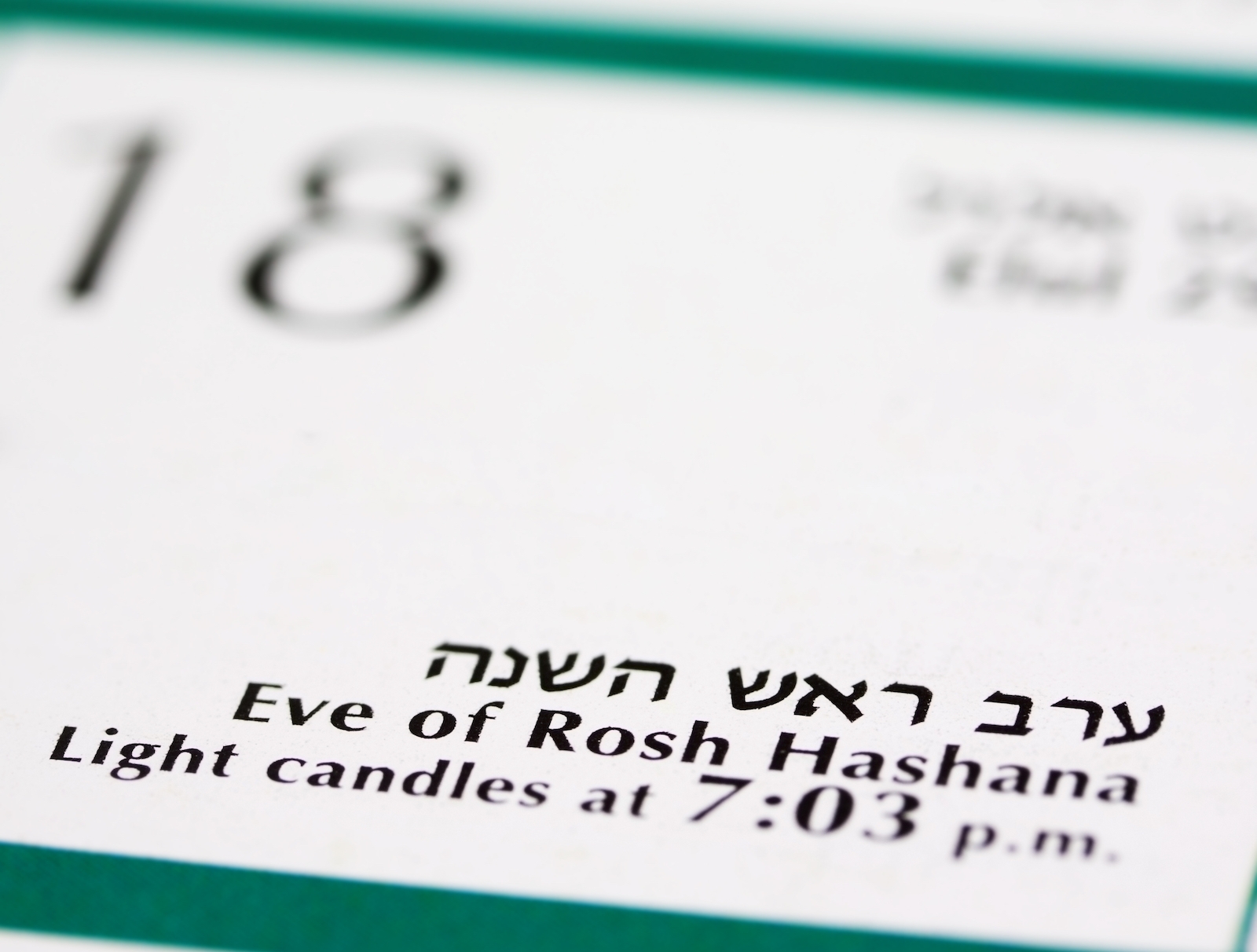Sixties Fan
Diamond Member
- Mar 6, 2017
- 57,735
- 10,974
- 2,140
- Thread starter
- #521

The Zohar | My Jewish Learning
The Zohar. Kabbalah and Hasidism. Kabbalah and Mysticism. Jewish Spirituality and the Divine World. Jewish Ideas and Beliefs.











